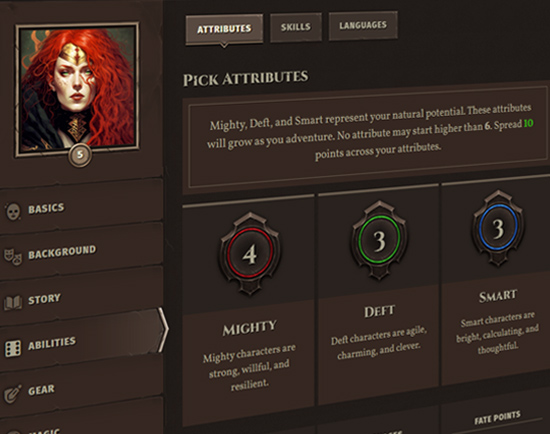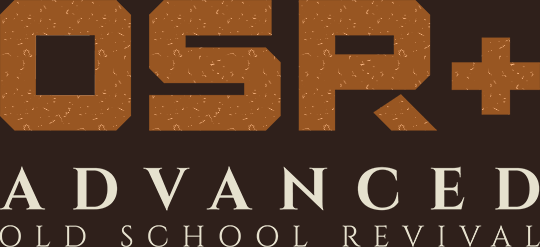If you're running a one-shot adventure, you don't have room to devote an entire session to session zero. After all, that wouldn't be a one-shot if you did!
There's a couple ways to fold session zero into a one-shot, and some modifications you can make to the rules to simplify character creation.
Modified Rules
- Heroes only get 1 fate point instead of 3 to start (Daredevils would get 2).
- While heroes choose a conflict and a flaw, they don't create story tags. The conflict and the flaw isn't expected to be resolved by the one-shot, but serves as a guiding light for the character concept. Keep in mind that this will impact the difficulty of the game, so when designing combat encounters be sure to take this into account.
- Heroes start with only 1 consumable, cheap, and luxury item. When they declare the luxury item, it must be declared as something that defines them as a character. For example, when faced with a magically sealed vault, a player might declare their luxury item as a rare signet ring from a forgotten order of knights their PC once belonged to, which has on its face an imprint that unlocks the vault.
Session Zero in Play
When you run session zero in the context of a one-shot, you don't want to spend time doling out story hooks because there's no room for PCs to resolve individual story hooks during the adventure. Instead, choose a single type of story hook (and/or bond) that's relevant to the one-shot (a person, place, group, or thing) and have players roll for that hook either during a downtime in the opening scene or when there's an opportunity during play.
AS A DOWNTIME
At the very start of play, bond each PC to another PC in a brief, in-character downtime conversation that illustrates the nature of the bond, no more than a few minutes per pair. These PCs then enter the game knowing each other and have a common purpose. This is also an opportunity for players to physically describe their PCs as they enter the initial scene.
During Play
This approach is more difficult to pull off, but very satisfying when it works. You're looking to give players an opportunity to unveil their story hook or bond in the context of the scene. For example, in Fear the Light, NPCs ask players questions about their motivations during their interactions with NPCs at the poker table, as part of the initial scene called A Game of Faro. These questions are crafted not only to advance the scene, but to give players an opportunity to explain their bond to other players in-character. Later in that scene, the GM prompts players to use the monologue action to discuss their story hook in the voice of their PC directly to the "camera."
 Armor
Armor Classes
Classes Conflicts
Conflicts Ethos
Ethos Flaws
Flaws Glossary
Glossary Kits
Kits Maleficence
Maleficence Origins
Origins Shields
Shields Skills
Skills Spells
Spells Stances
Stances Status Effects
Status Effects Tactics
Tactics Talents
Talents Techniques
Techniques Treasure
Treasure Weapons
Weapons











 Hall of Heroes
Hall of Heroes Hall of Legends
Hall of Legends Dungeons & Flagons
Dungeons & Flagons